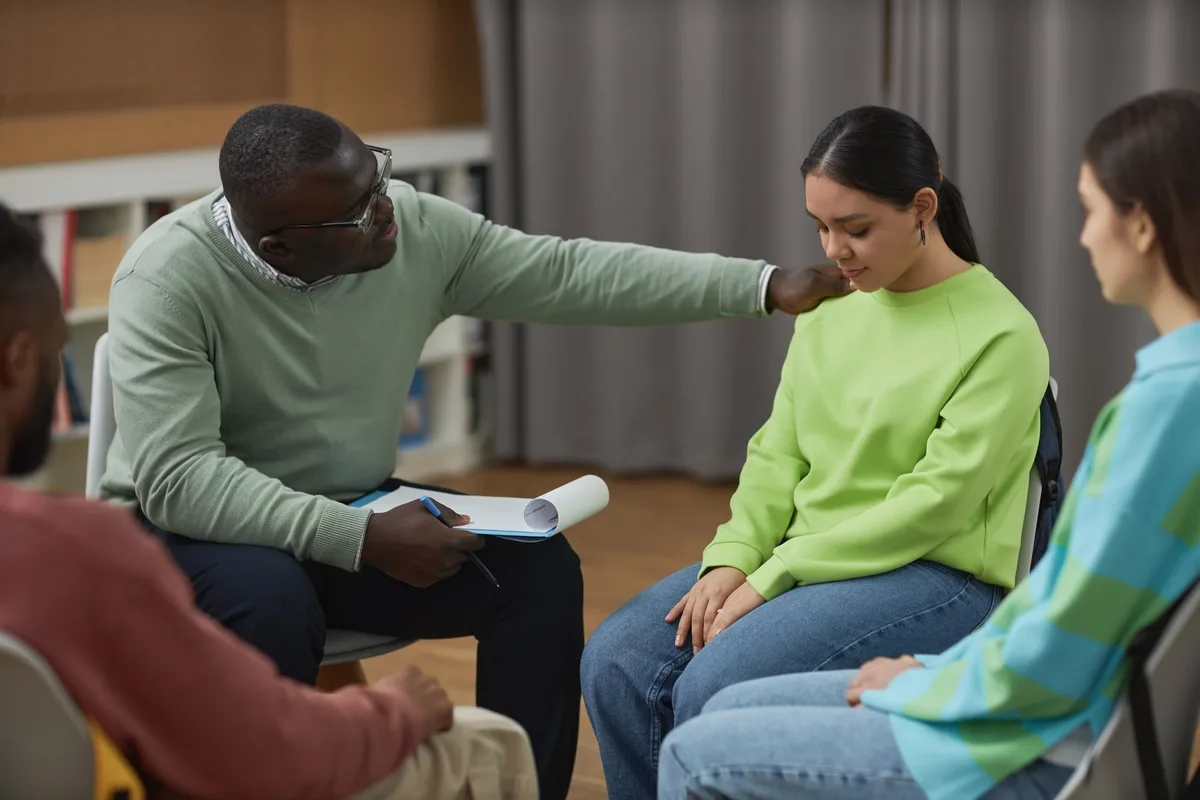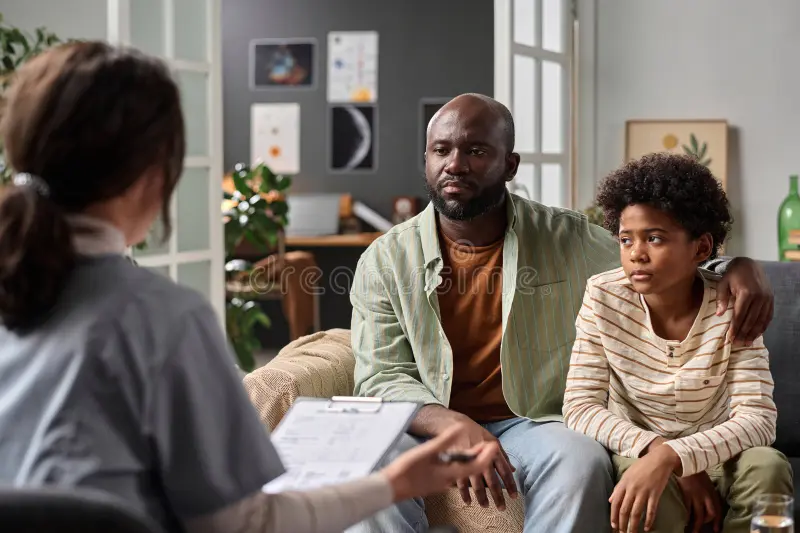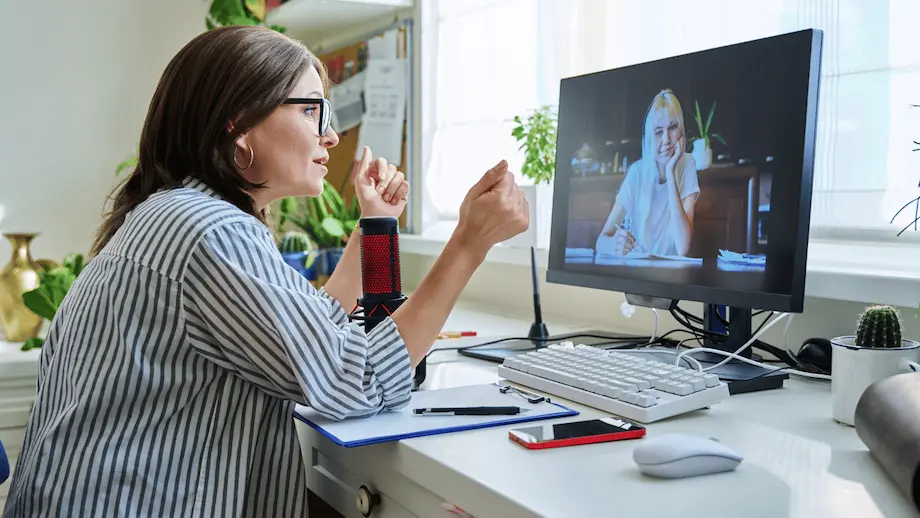24/7 Helpline:
(866) 899-221924/7 Helpline:
(866) 899-2219
Learn more about Inpatient Rehab centers in Bowling Green
Inpatient Rehab in Other Cities

Other Insurance Options

Optum

Aetna

Cigna

CareFirst

WellPoint

Lucent

Absolute Total Care

Access to Recovery (ATR) Voucher

Self-pay options

Highmark

MVP Healthcare

Choice Care Network

Evernorth

Medical Mutual of Ohio

Ceridian

Sutter

American Behavioral

WellCare Health Plans

Sliding scale payment assistance

Health Net
